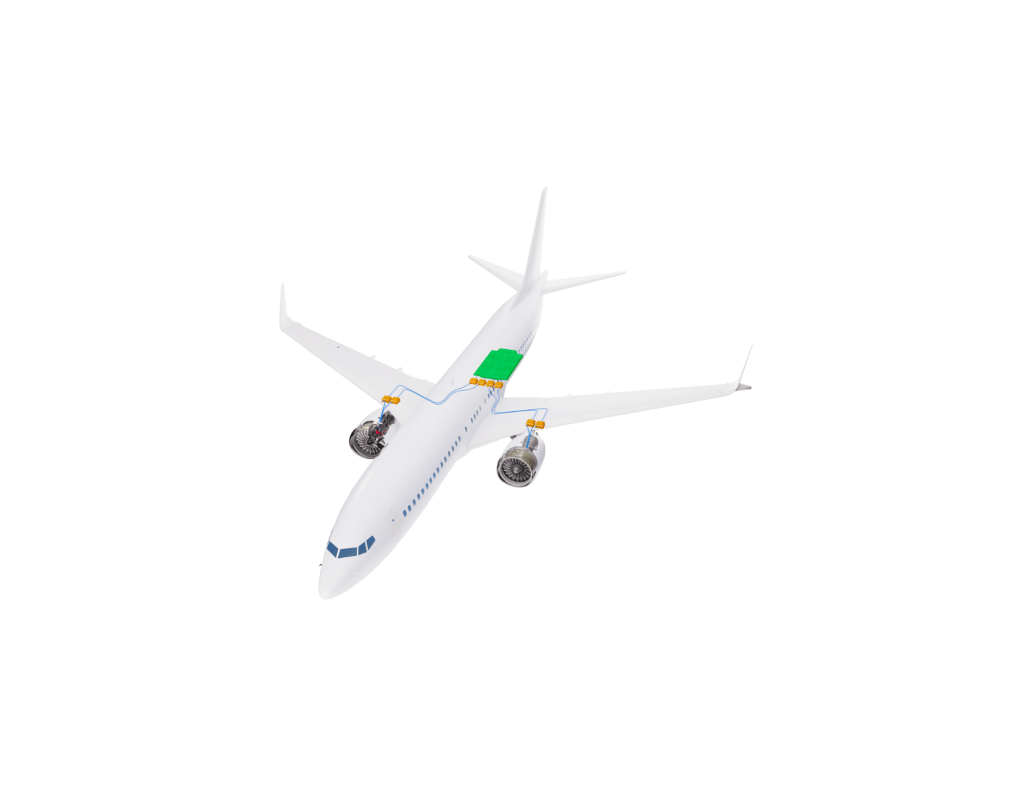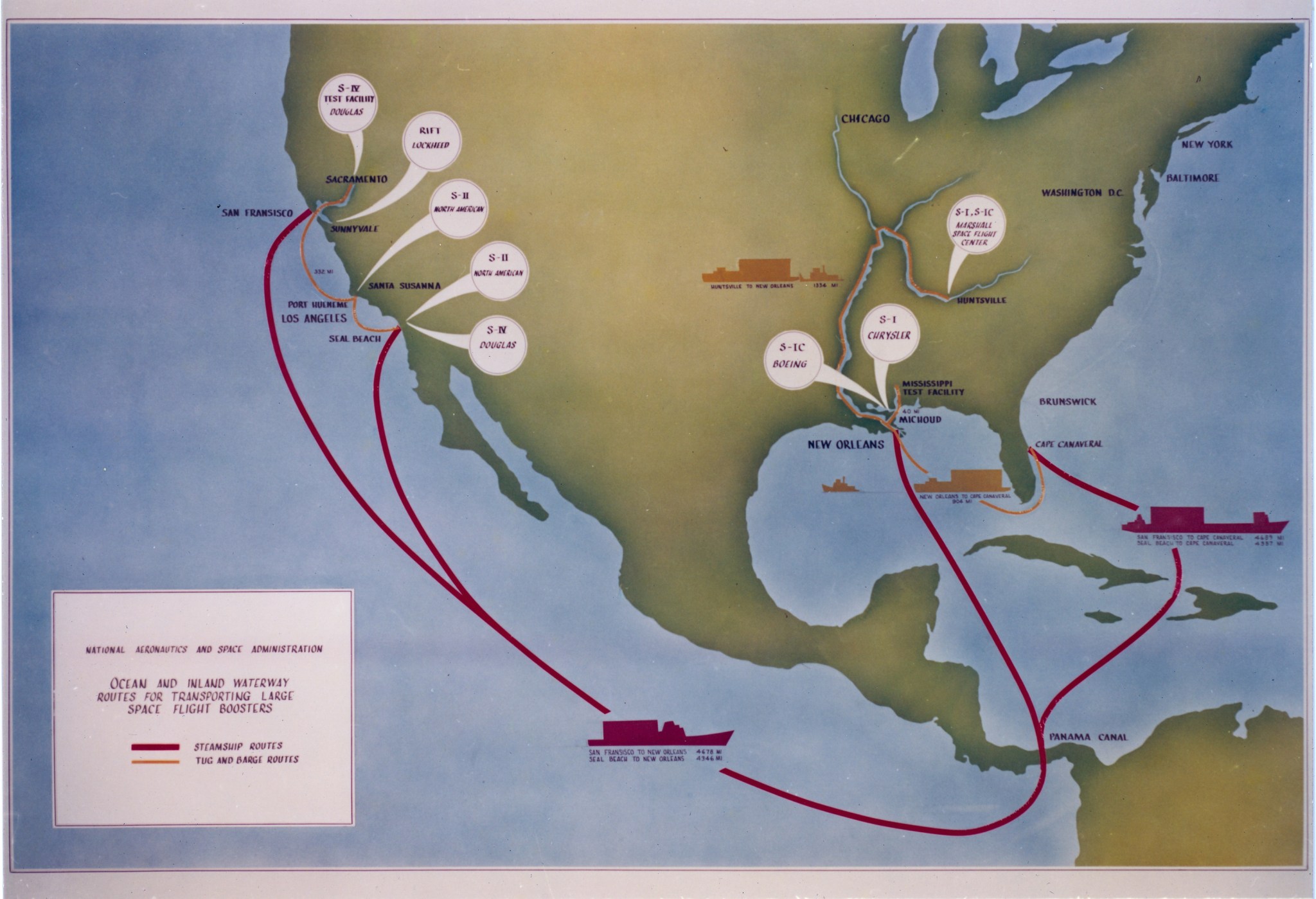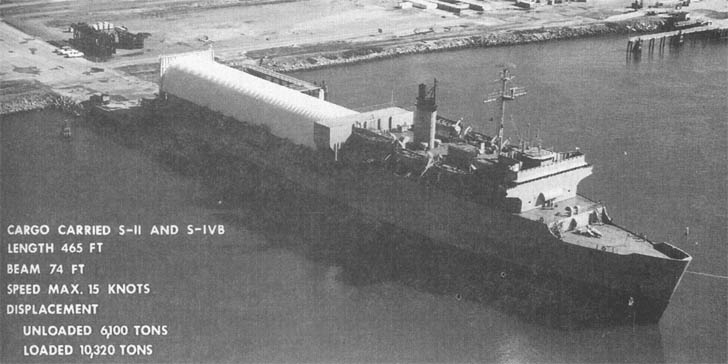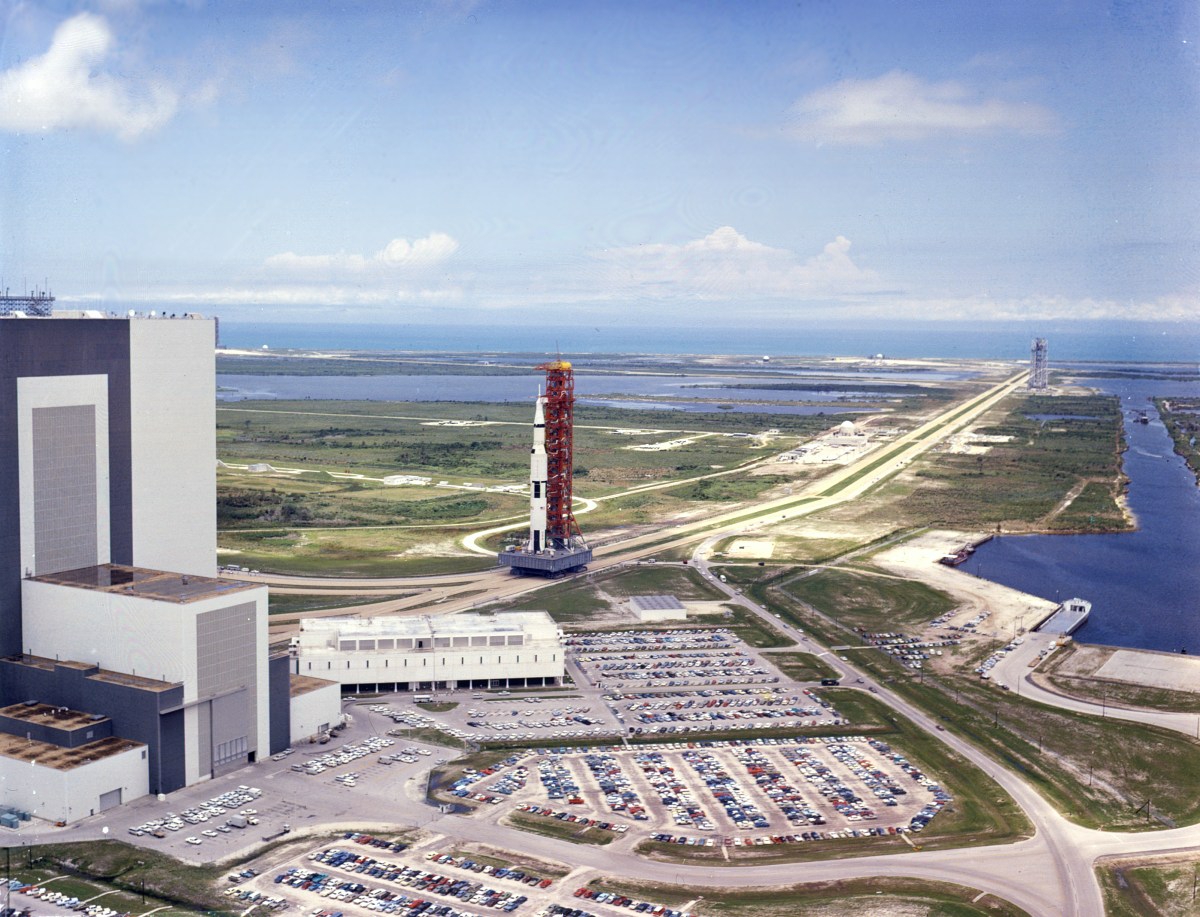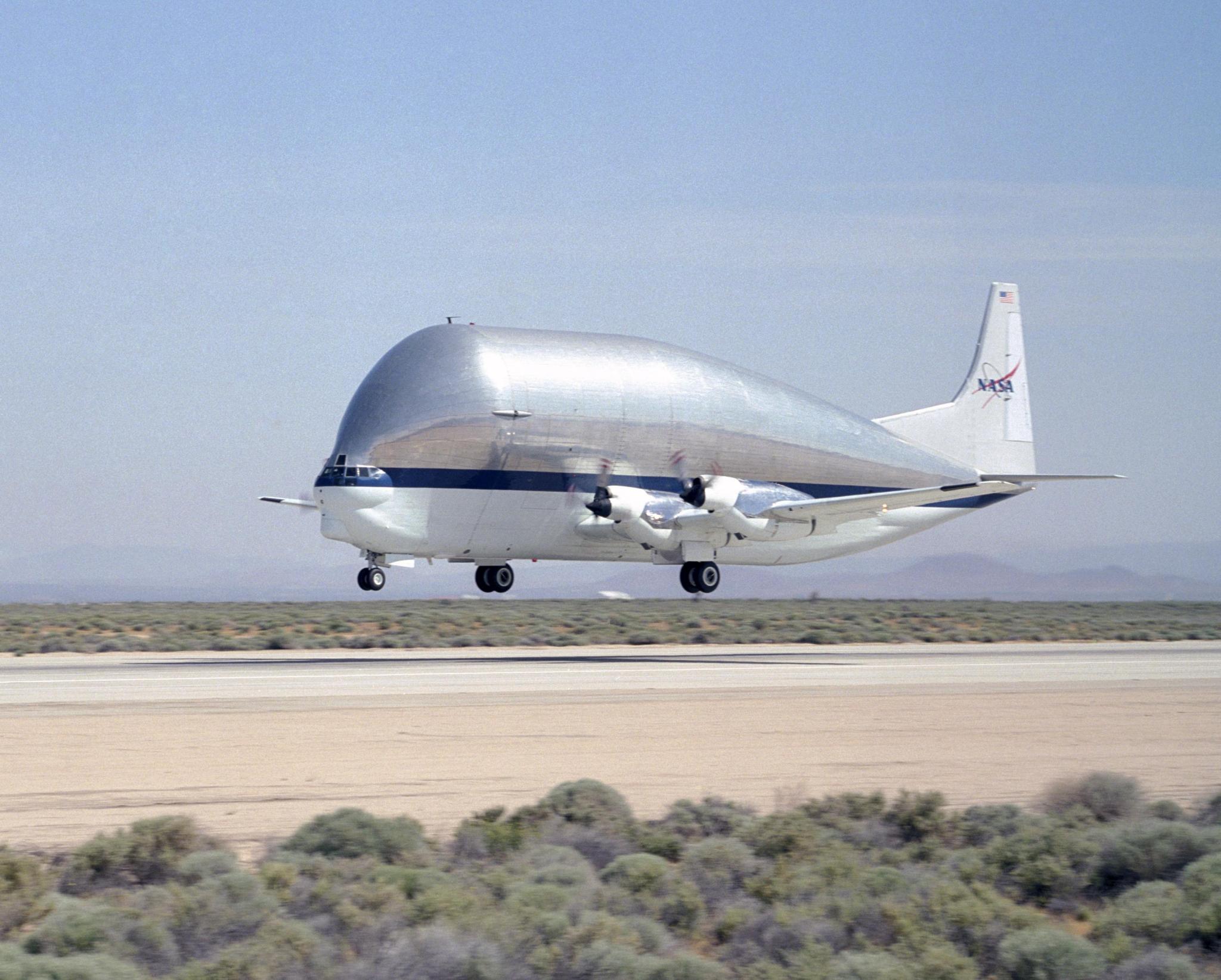Apollo spaceflight would not have been possible without the Panama Canal, a major transportation hub more than 1,000 miles south of the Florida launch site. These two powerful examples of modern engineering connected, literally, in 1965 to make critical NASA missions possible.
It was the age of the Great Space Race. Heeding President John F. Kennedy’s call to action, NASA designed and commissioned the Saturn V to carry astronauts into orbit and eventually to the moon. Contractors across the country worked to build and assemble the three massive stages, or sections, that contained the rocket’s engines.
Stages S-II and S-IVB together weighed 128,600 pounds dry and more than a million pounds fully fueled. S-II stood 81 feet, or about the height of two school buses placed end-to-end. S-IVB was a little shorter at 58 feet, or about the length of the average freight car on a train. These stages, built in California, were too large to transport by airplane, train or truck to the launch site at NASA’s Kennedy Space Center in Cape Canaveral, Florida.
NASA engineers specially converted the USNS Point Barrow, a military transport ship measuring 70 feet wide by 460 feet long, to carry Saturn V rocket stages. Starting in California, it carried the stages through the Panama Canal, across the Gulf of Mexico and into New Orleans.
The S-II stage was off-loaded at the Michoud Assembly Facility in New Orleans. From there, it made its way to the Mississippi Test Facility via another barge on the Mississippi River. The S-IVB stage, which had already been tested in California, continued on to the Cape. The trip took 16 days in total. The S-II was later transported via another barge to Kennedy Space Center.
In the mid-1960s, Aero Spacelines developed the Super Guppy airplane to carry large rocket parts, despite NASA’s lukewarm reaction to the idea. It was the only plane large enough to carry the S-IVB stage in its extended cargo area. The largest stage, S-II, continued to be transported by barge.
The Point Barrow made the trip periodically from 1966 through 1973, when NASA launched a Saturn V for the last time to put Skylab, America’s first experimental space station, into Earth orbit.
Saturn V is still the largest and heaviest space vehicle ever brought to operational status. Only NASA’s Space Launch System, currently in development, could rival Saturn V in size: about 320 feet tall in its initial configuration.
The James Webb Space Telescope will also transit the Panama Canal on its way to the Ariane 5 launch site in French Guiana. The telescope, with a mirror that extends two stories high and a sunshield the width of a tennis court, will be too large to fit on many of the airplanes on which NASA transports its spacecraft.
Ashley Morrow
NASA’s Goddard Space Flight Center
Greenbelt, Maryland














